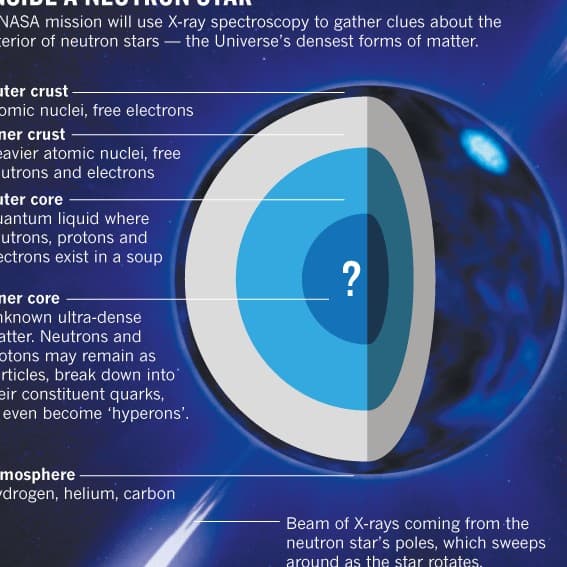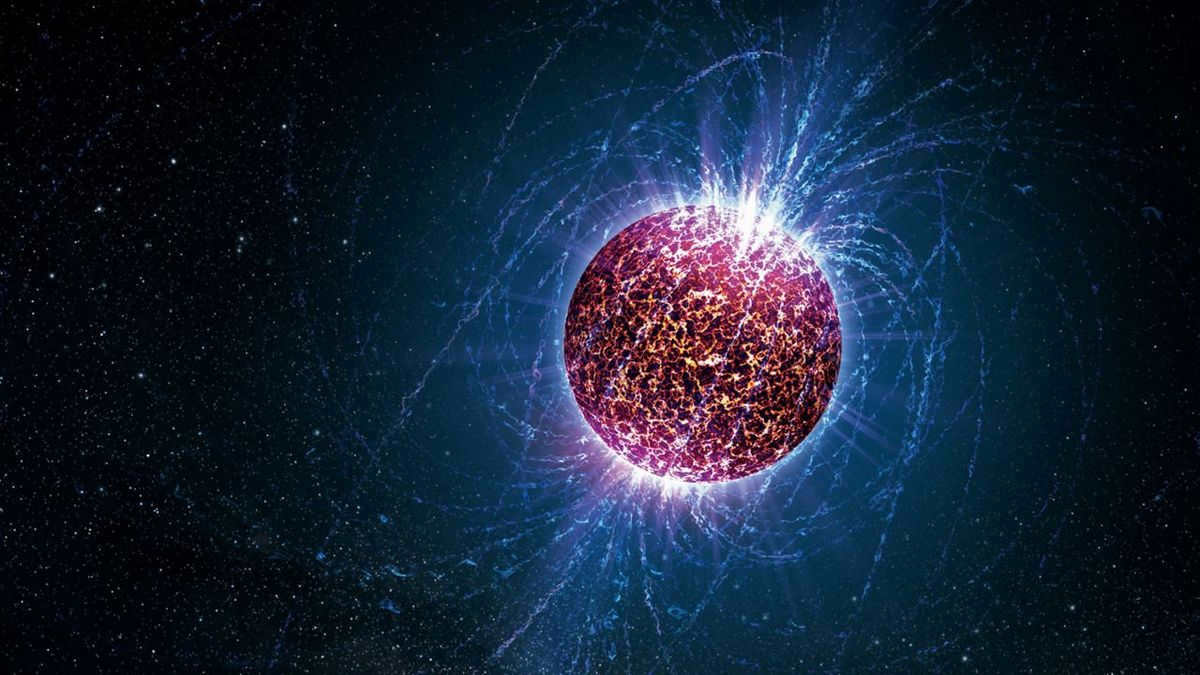
A neutron star is a celestial body that formed through the process of stellar evolution and is primarily composed of a dense neutron core surrounded by a relatively thin crust (approximately 1 kilometer thick) made up of heavy atomic nuclei and electrons.
The concept of neutron stars was first proposed by astronomers Walter Baade and Fritz Zwicky in 1932, following the discovery of subatomic particles known as neutrons. However, it wasn’t until 1967 that their existence was experimentally confirmed, coinciding with the detection of rapidly rotating neutron stars known as pulsars.
The difficulty in detecting neutron stars stems from their low emission of radiation and their inability to be directly observed through telescopes or early space exploration instruments available during the mid-20th century.
Neutron stars are created through the abrupt and forceful compression of regular main-sequence stars that are at least eight times more massive than our Sun. Initially, the star, which is several billion years old, begins to emit a significantly brighter light (referred to as a supernova flash). Subsequently, its brightness gradually diminishes, leading to the development of a small core that lacks any heat source. This catastrophic event ultimately gives rise to the formation of a compact neutron star. The density of the resulting star is comparable to that of an atomic nucleus, amounting to a hundred million times the density of the substances we encounter in our daily lives.
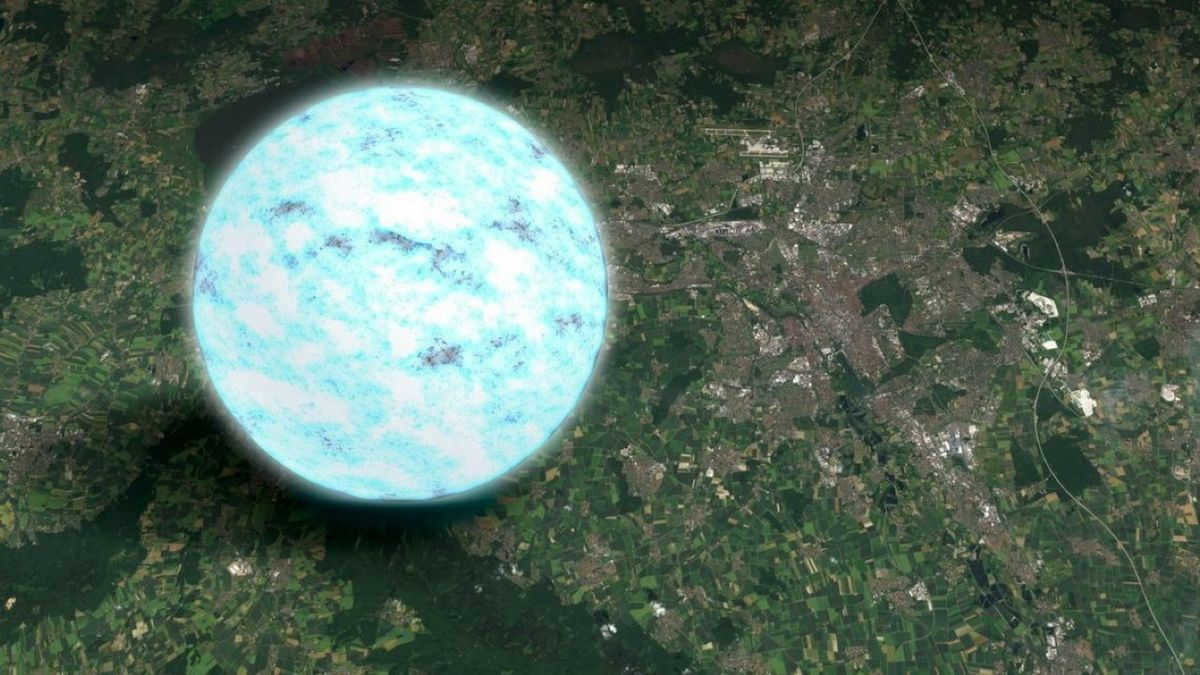

Related articles:
Neutron stars typically have a diameter of no more than 10 kilometers. The mass of these stars can theoretically range from 0.1 to 2.5 times the mass of our sun, with an average of 1.5 solar masses. However, some astronomers suggest that if a neutron star’s mass exceeds two solar masses, its immense gravitational force (approximately a hundred times stronger than Earth’s) could cause its destruction. The core of a neutron star is believed to be composed of quarks and pi mesons, while its outer layer is a plasma mixture of neutrons, protons, and electrons. The crust of a neutron star consists primarily of neutrons, atomic nuclei, and electrons.
Types of Neutron Stars
Binary X-ray systems are comprised of two stars, one being a neutron star and the other a star of regular size. Material from the normal star “flows” onto the neutron star at an immense speed. As it impacts the crust of the smaller star, a significant amount of energy is released, heating up the neutron star and generating X-rays.
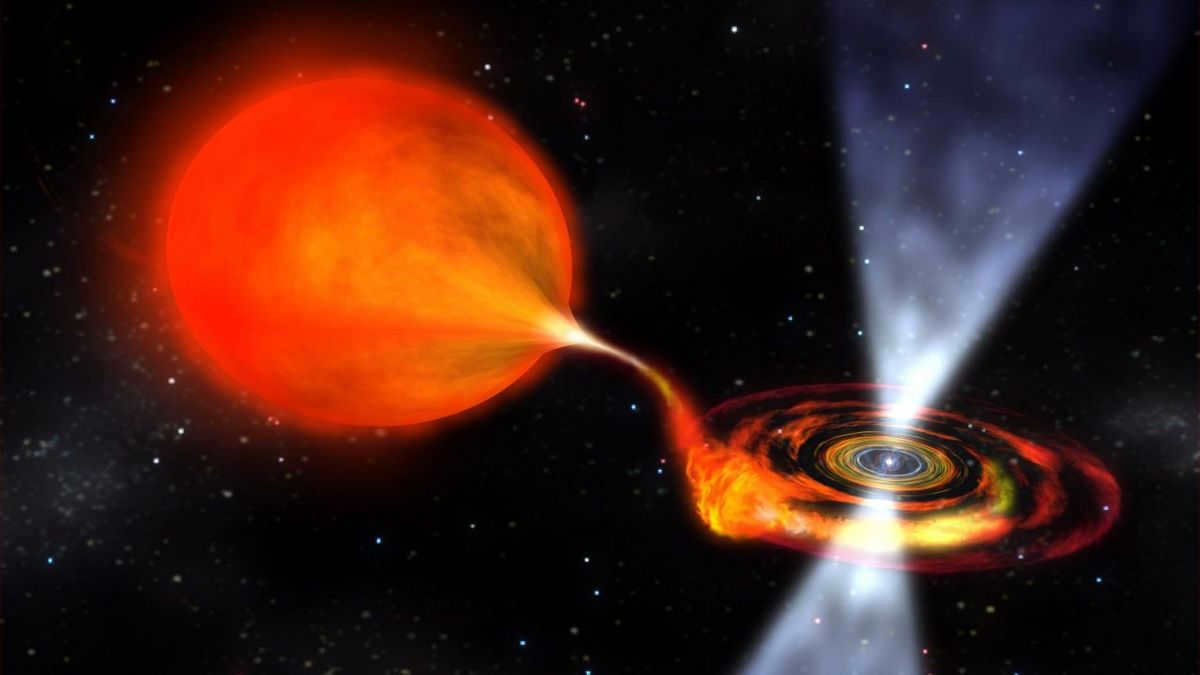
Pulsars, also known as radio pulsars, are rapidly rotating neutron stars that emit pulses of radio waves. The nature of these pulses is currently not well understood, but they are believed to be generated by the pulsar’s own magnetic field. These beams of pulsar radiation periodically point towards Earth, where they can be detected by instruments.
Over the course of more than ten billion years, the Universe has undergone a process of stellar evolution, with the composition of outer space constantly changing. Some cosmic objects disappear while new ones emerge in their place. This continuous cycle of creation and destruction has been happening for immense periods of time, and we are only able to observe a small fraction of this vast and captivating cosmic symphony.
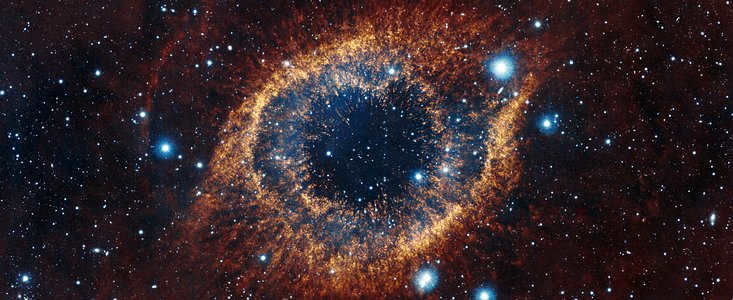
The beauty of the Universe is on full display as we witness the magnificent spectacle of stars living, evolving, and eventually meeting their demise. When a star dies, it goes out in a grand and dazzling fashion. The magnitude of the cataclysm is directly proportional to the size and mass of the star.
A neutron star serves as a prime example of this extraordinary evolution, a remarkable testament to the immense power that stars possess. It is a paradox that a massive star, many times larger and heavier than our own Sun, transforms into a minuscule celestial body with a diameter of just a few tens of kilometers. This metamorphosis is not instantaneous, but rather the culmination of a lengthy cosmic journey that unfolds across vast distances and spans through time.
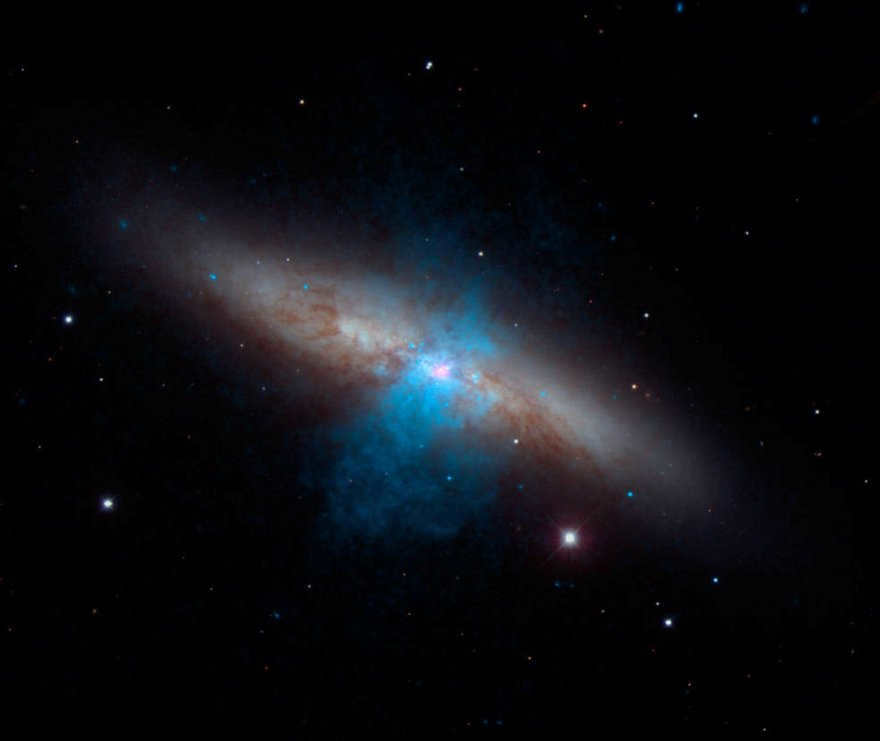
Understanding the Physics of Neutron Stars
These celestial objects are not as abundant in the vast expanse of the Universe as one might initially think. Typically, only one out of every thousand stars has the potential to become a neutron star. The reason for such a small number lies in the extraordinary nature of the evolutionary processes that precede the formation of neutron stars. Every star has its own unique journey through life, and their final act varies greatly. The magnitude of this grand finale is determined by the star’s mass. The larger the mass of the celestial body, the more massive the star, and thus the higher the likelihood that its demise will be swift and spectacular.
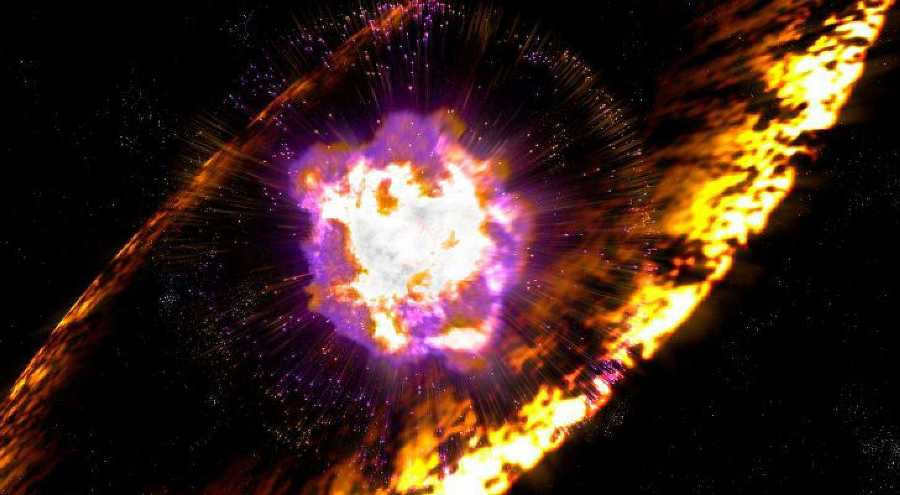
The ever-increasing gravitation forces cause the conversion of stellar material into thermal energy. This process inadvertently triggers an immense expulsion – a supernova blast. The aftermath of such a cataclysm is the formation of a new celestial entity – a neutron star.
Simply stated, stellar material no longer serves as fuel, and the thermonuclear reactions lose their intensity, making it impossible to maintain the necessary temperatures within the core of a massive celestial body. The only way out of this predicament is collapse – the contraction of gaseous matter towards the central region of the star.
The outcome of collapse can vary, but ultimately it results in the sudden release of energy, causing the dispersion of the outer layers of stellar matter in every direction. As a consequence, an expanding nebula emerges, replacing the star. This process is not exclusive to specific stars, as it can occur to any of them.
If the size of the cosmic entity is small, such as a yellow dwarf like the Sun, an outburst leaves behind a white dwarf. However, if the size of the cosmic behemoth exceeds that of the Sun by tens of times, the collapse results in a supernova eruption. In the place of its former stellar magnificence, a neutron star is formed. Supermassive stars, which have a mass hundreds of times that of the Sun, complete their lifecycle, with the neutron star serving as an intermediate stage. The ongoing gravitational compression ultimately leads to the demise of the neutron star, giving rise to a black hole.
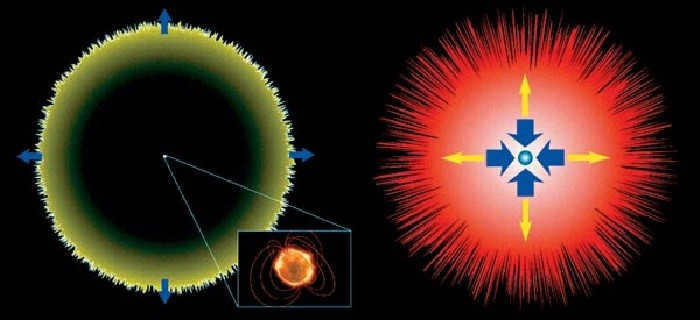
Due to the collapse, the star is left with only its core as it undergoes contraction. One notable feature of neutron stars is their incredibly high density and massive size despite their minuscule dimensions. In fact, a neutron star with a diameter of 20 km can have a mass that is 1.5-3 times greater than our own star. During this collapse, electrons and protons are compressed or converted into neutrons. As a result, the density and mass of the stellar material increase rapidly as the volume and size decrease.
Composition of neutron stars
The composition of neutron stars is not well understood. Currently, astrophysicists rely on a working model proposed by nuclear physicists to study these objects.
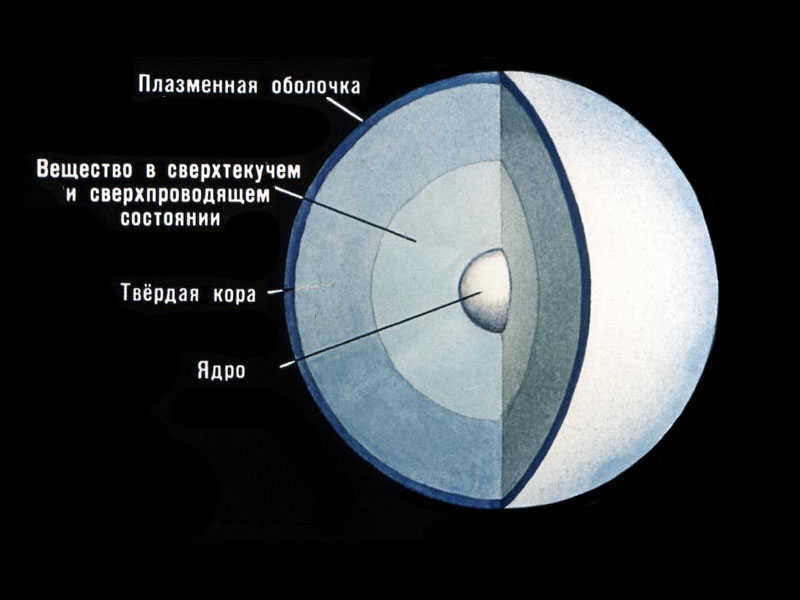
It is believed that when a star collapses, its matter is converted into a neutron, a superfluid liquid. This transformation is made possible by the immense gravitational pull that constantly applies pressure to the substance. This substance, known as a “nuclear liquid,” is referred to as a degenerate gas and is 1000 times denser than water. The atoms in a degenerate gas consist of a nucleus surrounded by orbiting electrons. During the process of neutronization, the interior of the atoms vanishes under the influence of gravitational forces. The electrons merge with the nucleus to form neutrons. It is the internal gravity that provides stability to this superdense substance. Without it, there would inevitably be a chain reaction resulting in a nuclear explosion.
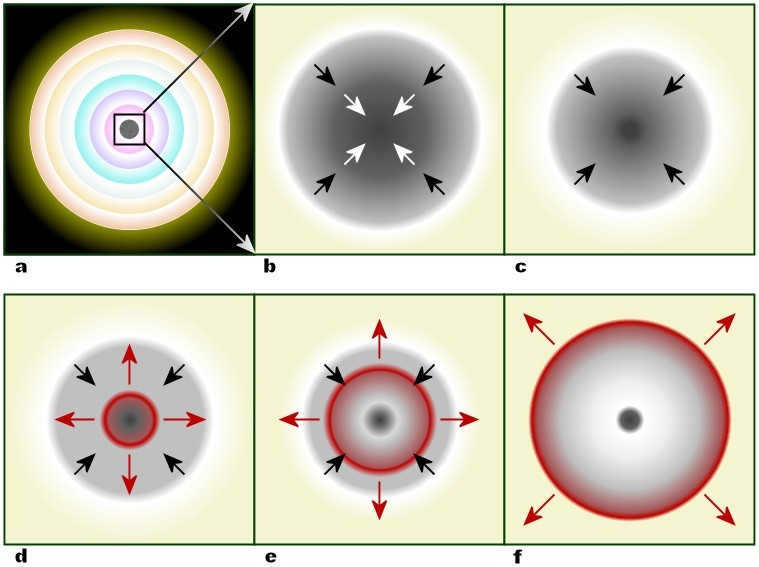
The temperature and pressure decrease as one moves closer to the outer edge of the star. The neutron substance undergoes complex processes, resulting in the release of iron nuclei. This collapse and subsequent explosion act as a factory for planetary iron, which spreads throughout cosmic space and becomes a building material for the formation of planets.
Supernova outbursts are responsible for the presence of cosmic iron particles in the Earth’s structure.
If we were to examine the structure of a neutron star under a microscope, we could identify five layers:
- The object’s atmosphere
- The outer crust
- Inner layers
- The outer core
- The inner core of the neutron star
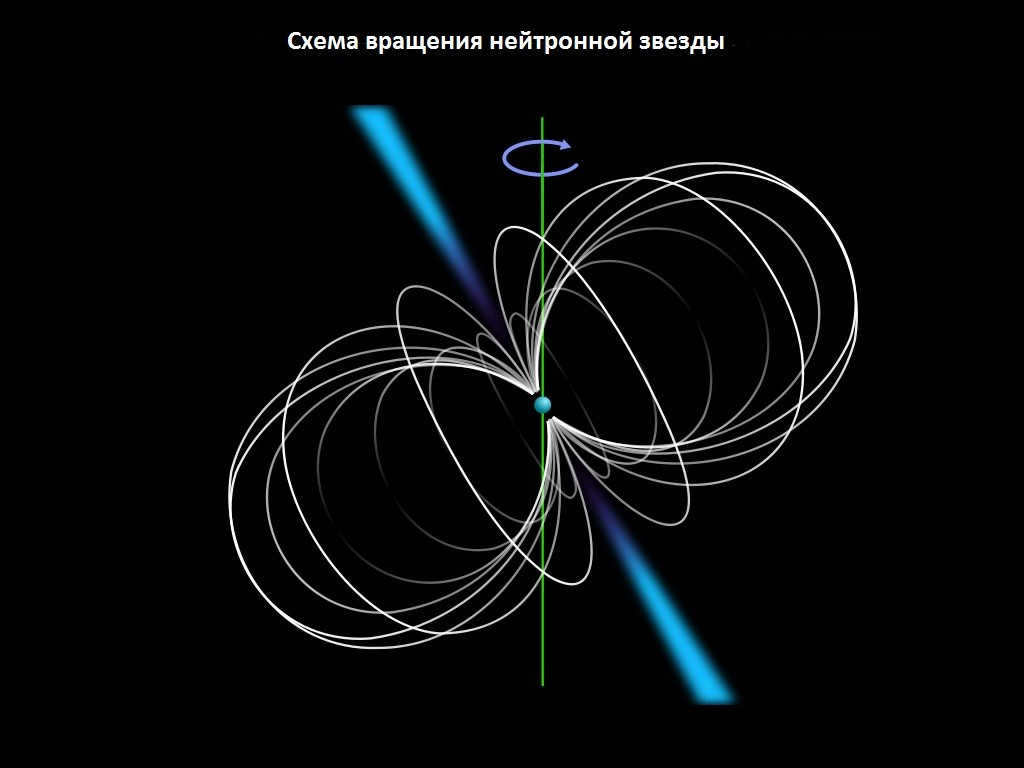
All this atomic mixture exists because of the immense temperatures. When a supernova erupts, the temperature of a neutron star reaches 1011K. This is when the newly-formed celestial body is at its brightest. After the explosion, the star rapidly cools down, with the temperature dropping to 109K within minutes. As time goes on, the cooling process slows down. Even though the star’s temperature remains high, its brightness diminishes. The star only continues to emit light through thermal and infrared radiation.
Neutron Stars Classification
Neutron stars are classified based on their specific composition of stellar-nuclear substance, which results in their high nuclear density ranging from 1014-1015 g/cm³. Additionally, the average size of a neutron star typically falls between 10 and 20 km. It is important to note that any further increase in density is effectively stabilized by the forces of neutron interaction. Essentially, the degenerate stellar gas achieves a state of equilibrium, preventing the star from undergoing another collapse.
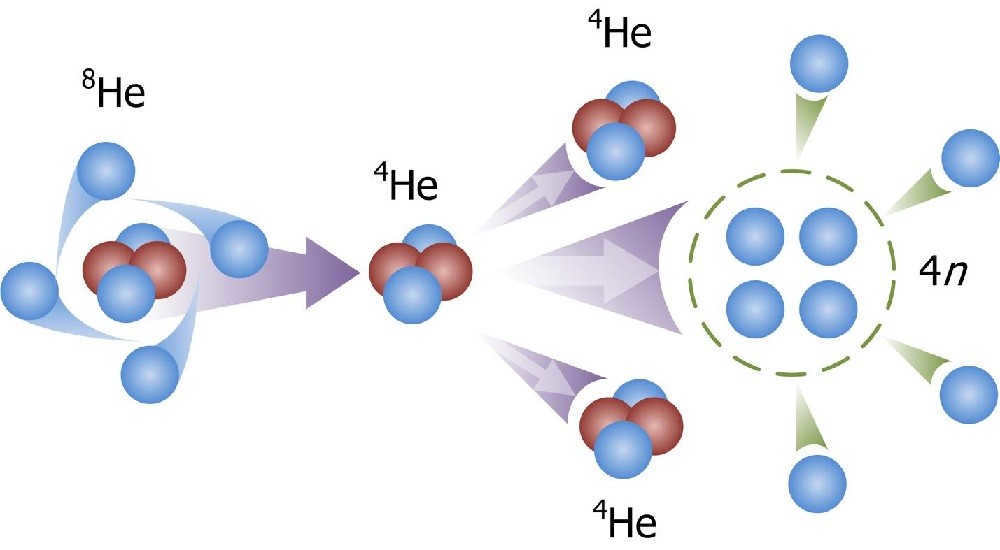
Each of these types has its own specific features and characteristics that distinguish them from each other. For example, slowly rotating neutron stars with strong magnetic fields are known as magnetars and are characterized by their intense magnetic activity and ability to produce bursts of X-rays and gamma rays. On the other hand, fast rotating neutron stars with weak magnetic fields are known as millisecond pulsars and are characterized by their rapid rotation and extremely stable periods of rotation.
Understanding the classification and characteristics of neutron stars is crucial for astrophysicists in order to better understand the processes and phenomena that occur in the Universe. By studying these cosmic objects, scientists can gain insights into the dynamics of matter under extreme conditions, the formation of magnetic fields, and the behavior of matter in the presence of strong gravitational fields. Neutron stars are fascinating objects that continue to unravel the mysteries of the Universe.
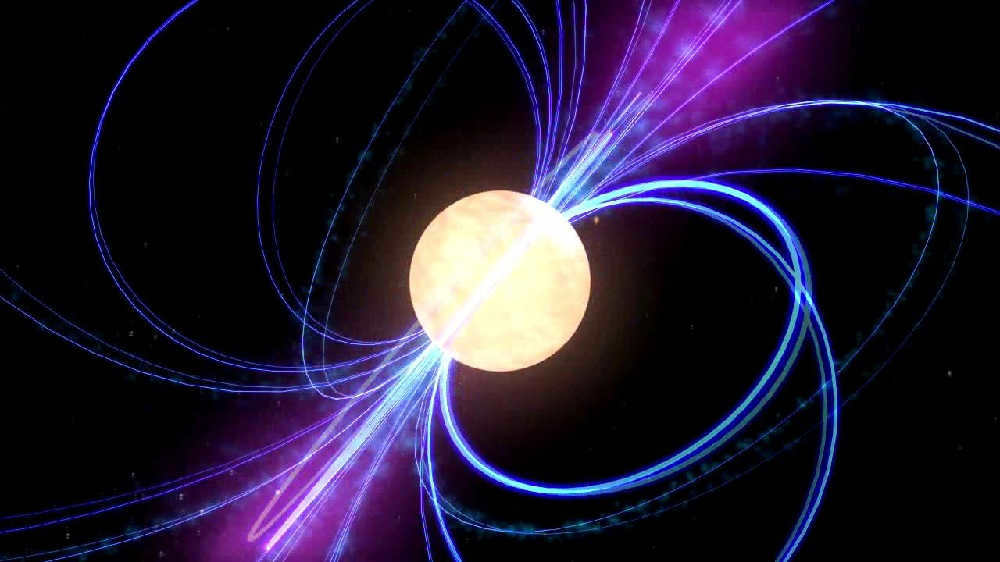
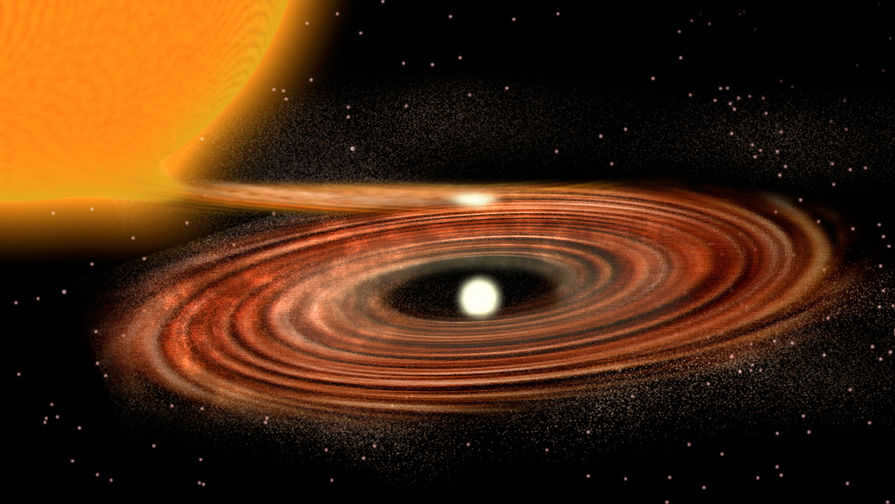
It is evident from the existing classification that each neutron star exhibits unique behavior. Therefore, various methods are employed to detect them, and their future may also hold diverse destinies.
The enigmas of neutron star formation
The original assumption that neutron stars are formed exclusively through supernova explosions is no longer a universally accepted postulation. An alternative theory proposes a different mechanism for their birth. In binary star systems, white dwarfs serve as the nourishment for the creation of new stars. Stellar matter slowly transfers from one celestial body to the other, accumulating mass until it reaches a critical point. Essentially, one of the pair of white dwarfs evolves into a neutron star.
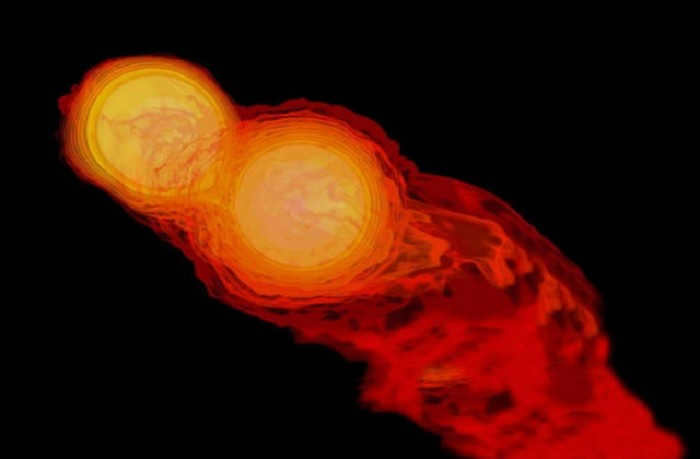
It is not uncommon for a lone neutron star to direct its attention towards its closest neighbor while residing within the proximity of star clusters. Neutron stars can form companionships with various types of stars, and these pairings occur frequently. The outcome of such alliances is contingent upon the mass of the companion star. In the event that the companion star has a smaller mass, the stellar matter that is stolen from the neutron star will accumulate around the companion star in the form of an accretion disk. This process, which is accompanied by a lengthy rotation period, causes the stellar gas to heat up to a temperature of one million degrees Celsius. As a result, the neutron star emits an X-ray radiation stream, transforming into an X-ray pulsar. This process can follow one of two paths:
- The star remains as a faint celestial body in space;
- During the occurrence of X-ray bursts, the luminosity of the star undergoes a rapid increase, resulting in the object becoming 100,000 times brighter than the Sun.
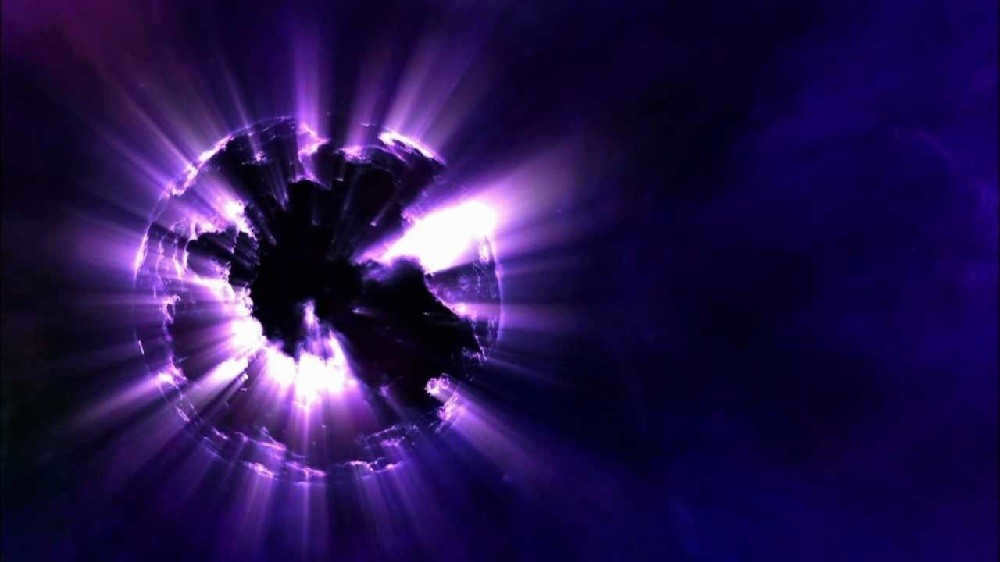
Neutron Stars: A Brief History
The discovery of neutron stars occurred during the latter half of the 20th century. Detecting these objects within our galaxy and the wider Universe was previously deemed technically infeasible. The faint luminosity and compact size of these celestial bodies hindered their observation through optical telescopes. Nonetheless, their existence in space was speculated upon based on theoretical predictions. The first notion of stars possessing immense density was put forth by Soviet scientist L. Landau in 1932.
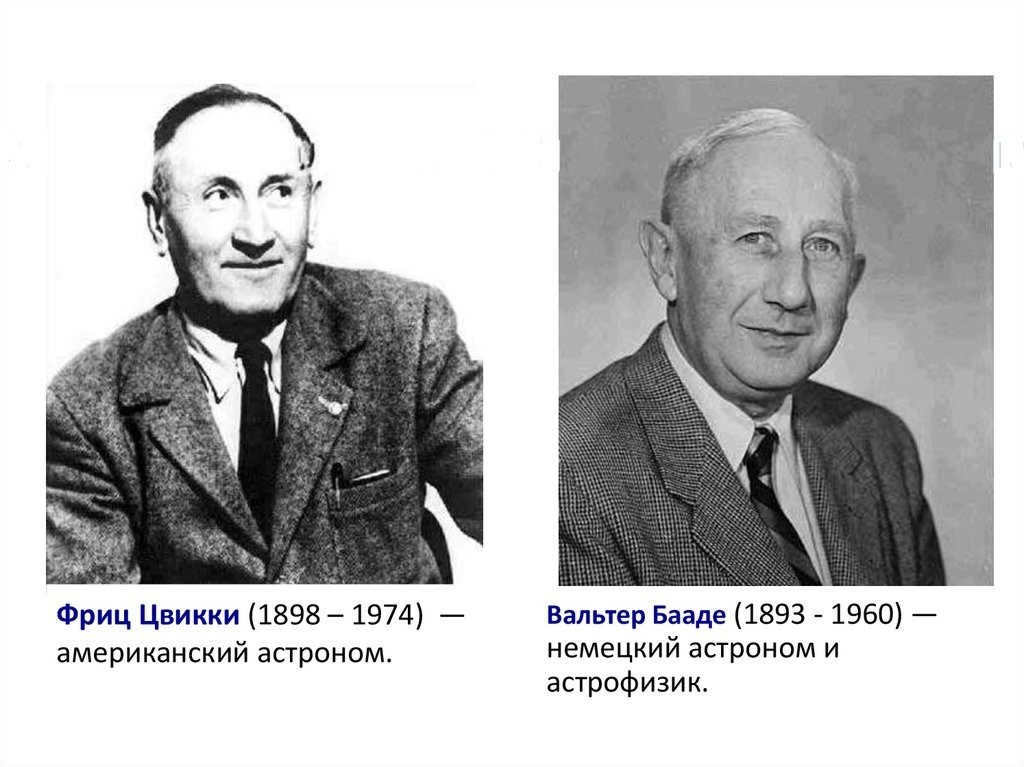
In 1933, a significant declaration regarding the presence of stars with an extraordinary composition was made overseas. Astronomers Fritz Zwicky and Walter Baade proposed a solid hypothesis that a neutron star is inevitably left behind at the location of a supernova eruption.
There was a significant breakthrough in astronomical observations during the 1960s of the 20th century. This was made possible by the introduction of X-ray telescopes that had the capability to detect soft X-ray sources in outer space. By utilizing the theory regarding the presence of intense thermal radiation sources in space, astronomers reached the conclusion that a new type of stars had been discovered. The discovery of pulsars in 1967 served as a substantial addition to the theory of neutron star existence. Jocelyn Bell, an American scientist, utilized her radio equipment to detect radio signals originating from space. These radio waves were emitted by an object that was rapidly rotating, functioning as a beacon and sending signals in all directions.
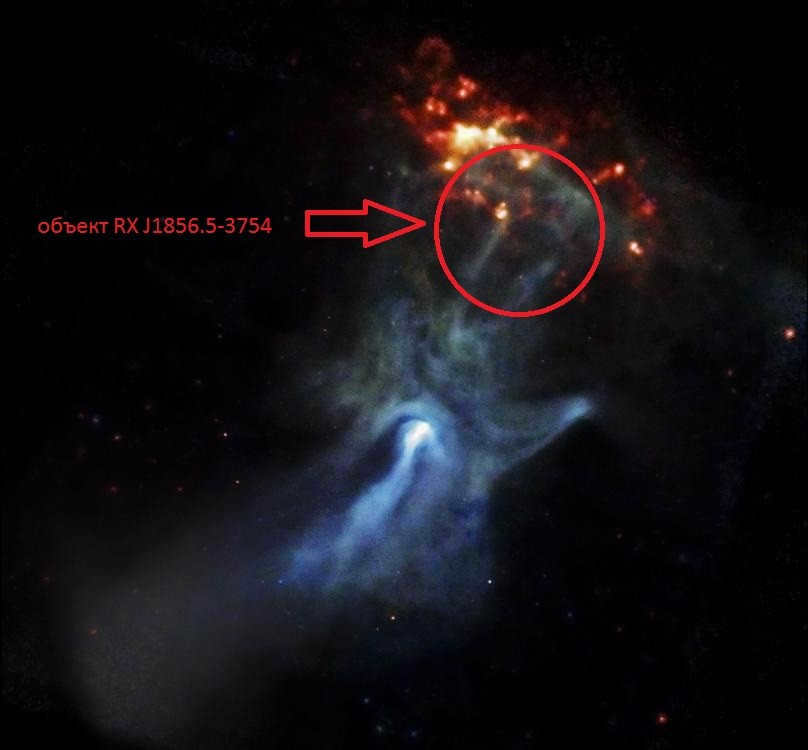
An ordinary star would not survive the high rotational velocity that is necessary for such an object. The initial pulsar found by astronomers is PSR B1919+21, situated 2283.12 sv. years away from our planet. RX J1856.5-3754, located in the Southern Corona constellation, is considered to be the closest neutron star to Earth and was discovered in 1992 at the Chandra Observatory. The distance between Earth and the nearest neutron star is 400 light-years.
Before we get started, let’s point out the main distinctions between neutron stars and pulsars. Neutron stars are formed from the collapsed cores of massive stars during supernova explosions. A pulsar is a highly magnetized rotating neutron star that emits consistent pulses of electromagnetic radiation. In other words, all pulsars are neutron stars, but not all neutron stars are pulsars.
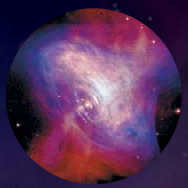
A neutron star in the Crab Nebula.
Table of Contents
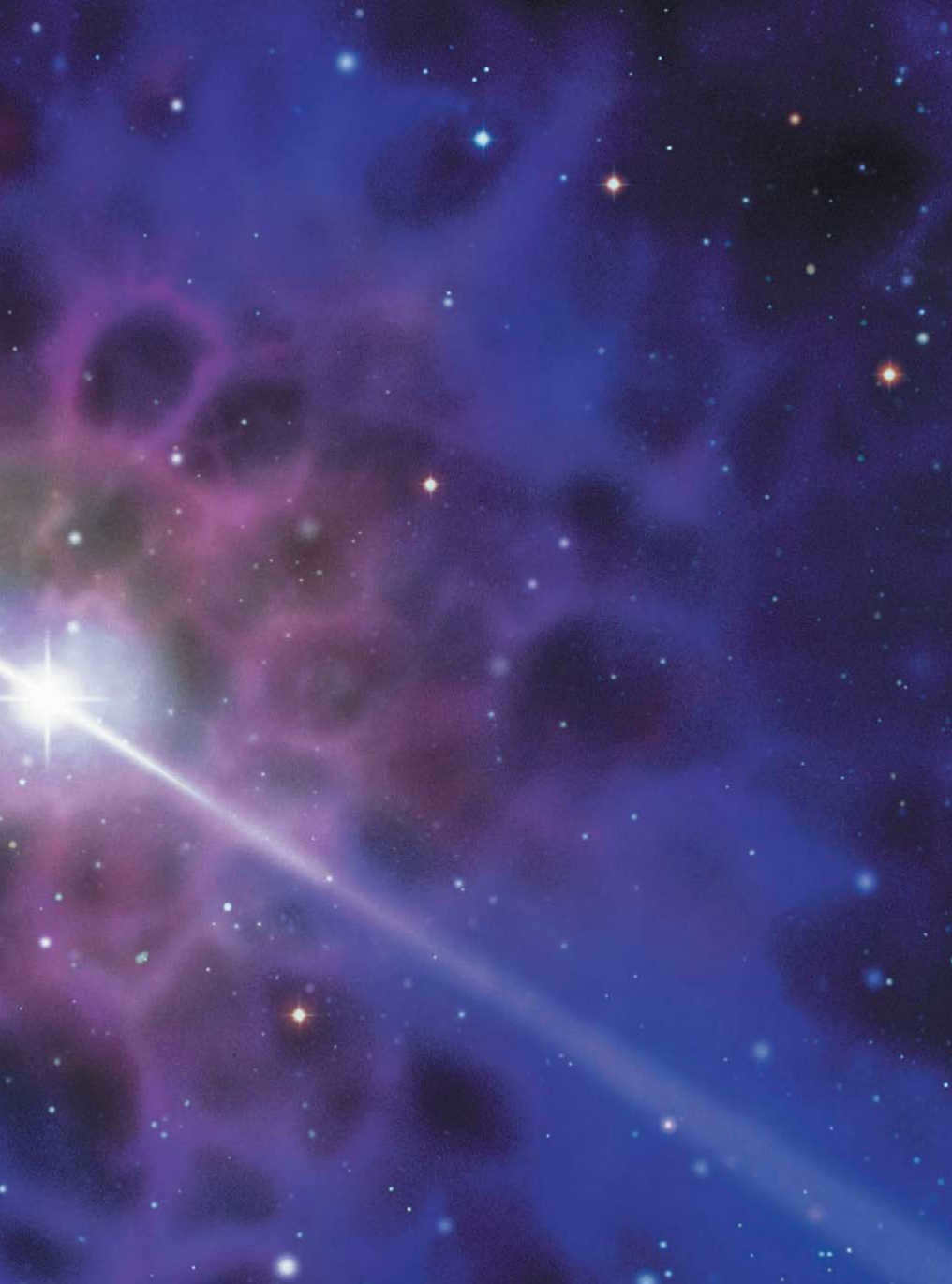
A supernova remnant contains a pulsar.
An overview of neutron stars and pulsars
- The first pulsar was discovered on November 28, 1967.
- It was discovered by Jocelyn Bell Burnell and Anthony Hewish.
- The term “neutron star” was coined by Thomas Gold and Franco Pacini.
- The period of the first pulsar was 1.33 seconds.
- The longest pulsar period is 8.51 seconds (PSR J2144-3933).
- The first double system with a pulsar is PSR 1913+16.
- The first binary system where both components are pulsars is PSR J0737-3039.
- The first X-ray pulsar is Centauri X-3.
- The first pulsar with planets is PSR B1257+12.
- The fastest rotation is 716 S-1 (PSR J1748-2446AD).
Formation of Neutron Stars
When discussing supernova explosions, our focus has been on the processes occurring within the collapsing outer layers of a star. However, it is now time to shift our attention to what happens within the collapsing core. It is important to remember that as neutrons are formed from the fusion of electrons and protons, the upper layers of the star’s matter begin to collapse inwards, resulting in the core becoming almost entirely charge neutral. Unlike charged particles, electrically neutral particles do not repel each other, and as a result, the matter composed of neutrons can no longer resist the force of gravity, causing it to be compressed. This collapse will continue until there are no opposing forces to halt it.
Neutrons, similar to electrons, have a limit to how close they can be to each other, so unless the star’s mass is extremely large, the gravitational force will eventually be balanced by the pressure of a collection of neutrons. However, quantum mechanics teaches us that heavier particles require less space to exist and can therefore be densely “packed”. Given that neutrons are nearly 2000 times heavier than electrons, the resulting body from a collapsing nucleus will be much smaller compared to the previously discussed white dwarfs. According to current theories, the majority of neutron stars have a diameter of less than 16 km, meaning they are small enough to fit within the boundaries of many city blocks.
The unique characteristics of a neutron star
Neutron stars possess a range of remarkable properties. Firstly, the iron core of a supernova will not undergo compression until it significantly surpasses the mass of the sun (typically by 40 to 200%). When this much matter is compressed into an object the size of a small city, its density becomes incredibly high. In fact, a single droplet of neutron star material would outweigh the Great Pyramid of Giza. Additionally, due to its extreme density, the surface gravity of a neutron star is unparalleled, potentially hundreds of billions of times stronger than that on Earth.
The second remarkable characteristic is related to rotation. It has been observed that all stars rotate, similar to the Sun which completes one full revolution around its axis in approximately a month. Likewise, the iron core of a supernova also undergoes rotation in a similar manner. Moreover, similar to how the speed of rotation of a figure skater increases when they bring their hands together, the speed of rotation of the nucleus also increases when it collapses. For instance, certain neutron stars can rotate at a rate of thousands of revolutions per second!
Furthermore, when a neutron star collapses, it produces an immensely powerful magnetic field. Under normal circumstances, stars generate a magnetic field similar to that of the Earth’s, with the Sun’s magnetic field being about half as strong. This magnetic field remains embedded within the star, causing it to become even more compact upon collapse. The magnetic fields of certain neutron stars can exceed the Earth’s magnetic field by a factor of a million billion.
Essentially, a neutron star is a small, rapidly spinning object that has an incredibly powerful magnetic field. It is important to note that, similar to Earth, the magnetic north pole of a neutron star does not align with its geographic north pole (similar to how the north magnetic pole on Earth is located within Canada). Due to its intense magnetic field, the neutron star emits radio waves in concentrated beams that travel along its magnetic axis in a narrow cone. It’s like a lighthouse sending out a radio signal that can be detected periodically if Earth happens to be in its path.
A brilliant guiding light
Picture yourself standing on the coastline next to a majestic lighthouse. As the lighthouse beam sweeps across the horizon, you witness a momentary flash of light when it is directed towards you, followed by darkness as the beam continues its circular path, only to be followed by another brilliant flash. In a similar manner, if you were to place a radio receiver in the path of a radio beam emitted by a rotating neutron star, you would detect a burst of radio waves when the star’s magnetic axis is aligned with your position, followed by a period of no signal, and then a fresh burst, repeating this pattern.
In the year 1967, scientists stationed at a radio telescope in England were the first to observe these periodic signals. Initially skeptical, they humorously referred to them as LGM signals (short for “little green men”). However, as it became evident that these radio bursts originated from rotating neutron stars, these celestial objects were officially named pulsars.
Since that time, approximately 2000 pulsars have been recorded in our galaxy, the Milky Way. These pulsars exhibit a wide range of rotation periods, spanning from approximately 10 seconds to just a few milliseconds. Interestingly, pulsars have been detected not only in radio waves, but also in X-ray and gamma-ray wavelengths. Furthermore, astronomers have even discovered several pulsars that are accompanied by planets. The pulsar closest to our planet Earth is located approximately 280 light-years away, situated within the constellation of Kita.
The study of pulsars in scientific disciplines
Pulsars, which are the subject of study in various scientific disciplines, come in numerous types. In this article, we will only touch upon a handful of them.
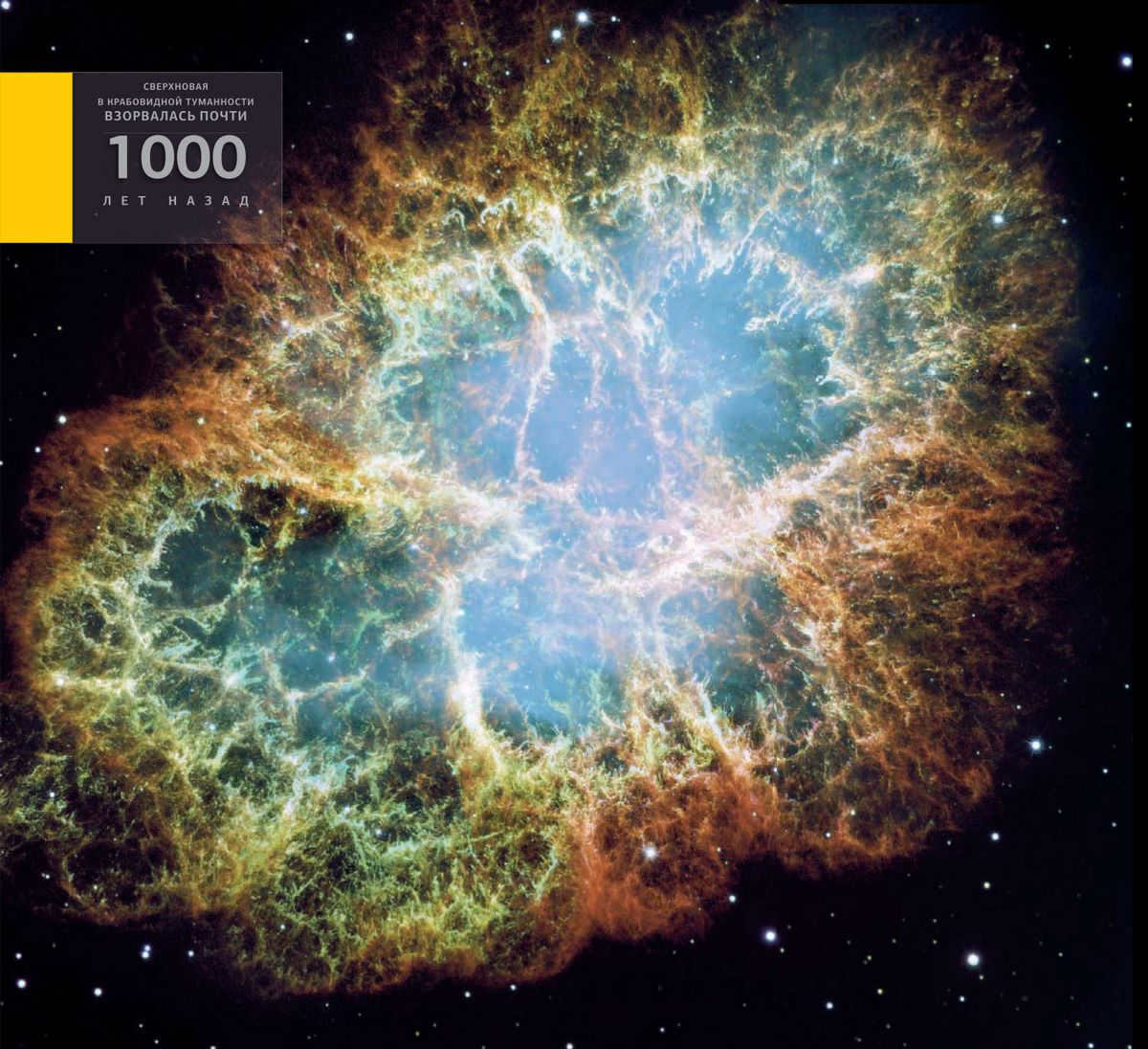
In 1054, Japanese and Chinese astronomers observed and recorded the light from the Crab Nebula, which is the remains of a supernova. This gas cloud now has a diameter of 6 light-years. The bluish glow of the nebula is caused by the magnetic field of the collapsed core of a rapidly rotating neutron star at its center.
At times, the rotation of the pulsar in the Crab Nebula speeds up. Using the analogy of a figurehead, this suggests that the neutron star may be slightly shrinking in size. This phenomenon is interpreted as “star-quakes,” which involve the cracking and tearing of the star’s crust.
In 1974, researchers Russell Hulse and Joseph Taylor from Princeton University made a groundbreaking discovery by finding a pulsar that was orbiting another star. Through careful observation and measurement of the pulsar’s movements, they were able to observe a slight contraction in its orbit. This observation confirmed the predictions of the general theory of relativity, as the energy loss matched up perfectly. Additionally, it was later discovered that this system was emitting gravitational waves, which were directly detected in 2016. As a result of this significant discovery, Hulse and Taylor were awarded the Nobel Prize in Physics in 1993.
When neutron stars are part of double systems, they provide a unique opportunity for scientific research. For instance, by studying a neutron star that is orbiting a larger companion in the constellation of Flying Fish, astronomers can observe how the gravity of the neutron star’s centimeter-scale atmosphere causes light from the companion star to be deflected and experience a redshift. This phenomenon serves as a captivating laboratory for scientists to further explore the mysteries of the universe.
Several astronomers have suggested utilizing the precise measurements of pulsar rotation periods as innovative time benchmarks to enhance contemporary atomic clocks. Atomic clocks possess an accuracy of “merely” 13 decimal places, whereas a pulsar can exhibit an accuracy of up to 15 decimal places. Considering that the establishment of time benchmarks originated from the examination of celestial entities, it seems philosophically fitting to reintroduce those benchmarks to the heavens.
Jocelyn Bell Burnell
Jocelyn Bell Burnell is a notable figure in the field of astrophysics. She is best known for her discovery of pulsars, which are highly magnetized, rotating neutron stars that emit beams of electromagnetic radiation. Born in Northern Ireland in 1943, Bell Burnell developed an early interest in science and went on to study physics at the University of Glasgow. It was during her time as a graduate student at the University of Cambridge that she made her groundbreaking discovery. Despite her significant contribution to the field, Bell Burnell faced discrimination and was initially overlooked for the Nobel Prize in Physics, which was awarded to her male colleagues. However, her work has since been recognized and she has received numerous honors and awards for her achievements. Today, Bell Burnell continues to be an inspiration to aspiring scientists and an advocate for gender equality in STEM fields.
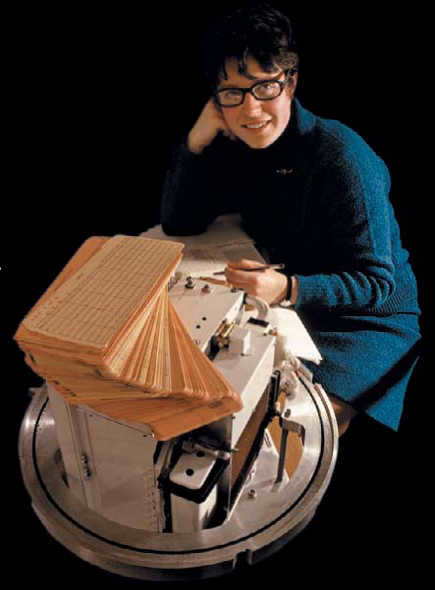
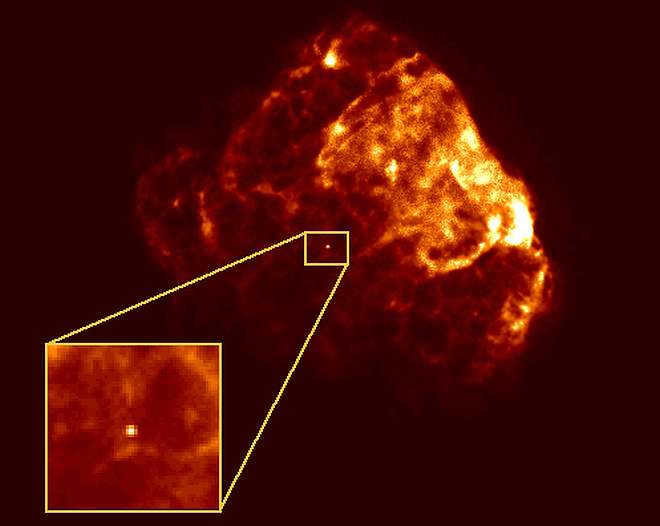
These intriguing entities originate from formerly enormous celestial bodies that are four to eight times more massive than our Sun. This phenomenon occurs during a supernova eruption.
Resources on the subject
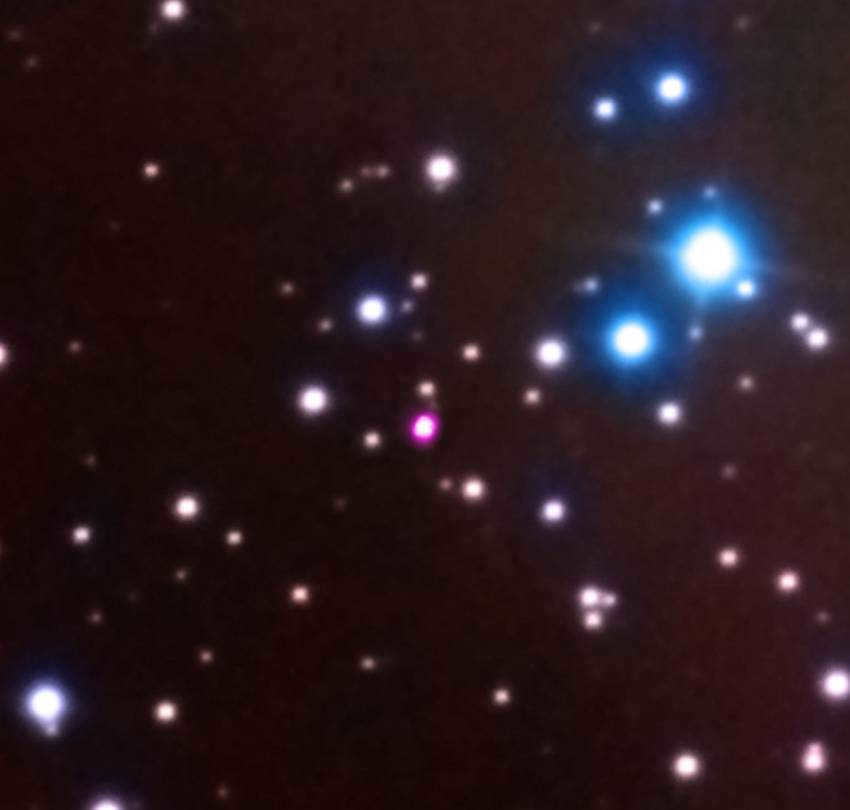
Following such a tremendous explosion, the surrounding layers are expelled into the vastness of space, leaving behind the core, which unfortunately loses its ability to sustain nuclear fusion. Without the external pressure exerted by the layers above, the core undergoes a catastrophic collapse and contraction.
Despite their diminutive size, measuring only around 20 kilometers in diameter, neutron stars possess a mass 1.5 times that of our Sun. This remarkable density is truly astounding.
A mere spoonful of material from a star on Earth would weigh an astonishing hundred million tons. Within this material, protons and electrons merge together to form neutrons – a process known as neutronization.
Unique Composition
Their exact makeup remains a mystery, but it is believed that these celestial bodies may be composed of a superfluid neutron liquid. Their gravitational force is incredibly powerful, surpassing even that of the Earth and the Sun. This remarkable gravitational pull is made all the more impressive by their relatively small size.
Each and every one of them spins on its own axis. As they shrink in size, the conservation of angular momentum causes their rotational velocity to increase.
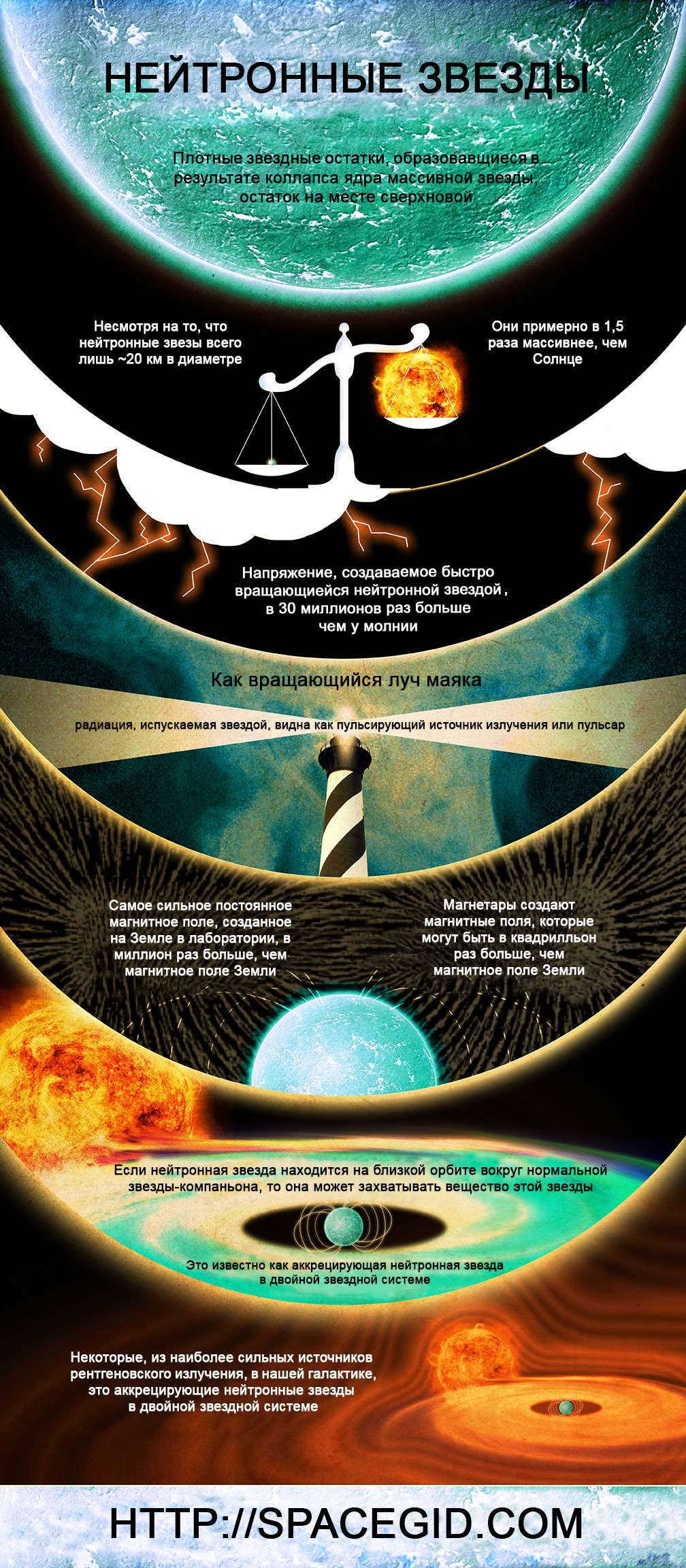
Due to the rapid speed of rotation, the external surface, which forms a solid “crust,” periodically fractures and gives rise to “explosions,” which decelerate the rotation rate and release “excess” energy into space.
The immense pressures present in the nucleus may resemble those that occurred during the moment of the cosmic explosion, but regrettably, they cannot be replicated on Earth. Hence, these entities serve as perfect natural laboratories from which we can observe energies that are unattainable on Earth.
Radio pulsars were first observed in the late 1960s by Jocelyn Bell Burnell, a graduate student, who noticed that they emit radio waves in a regular, pulsating pattern.
These pulsars are formed from the radiation emitted by stars.
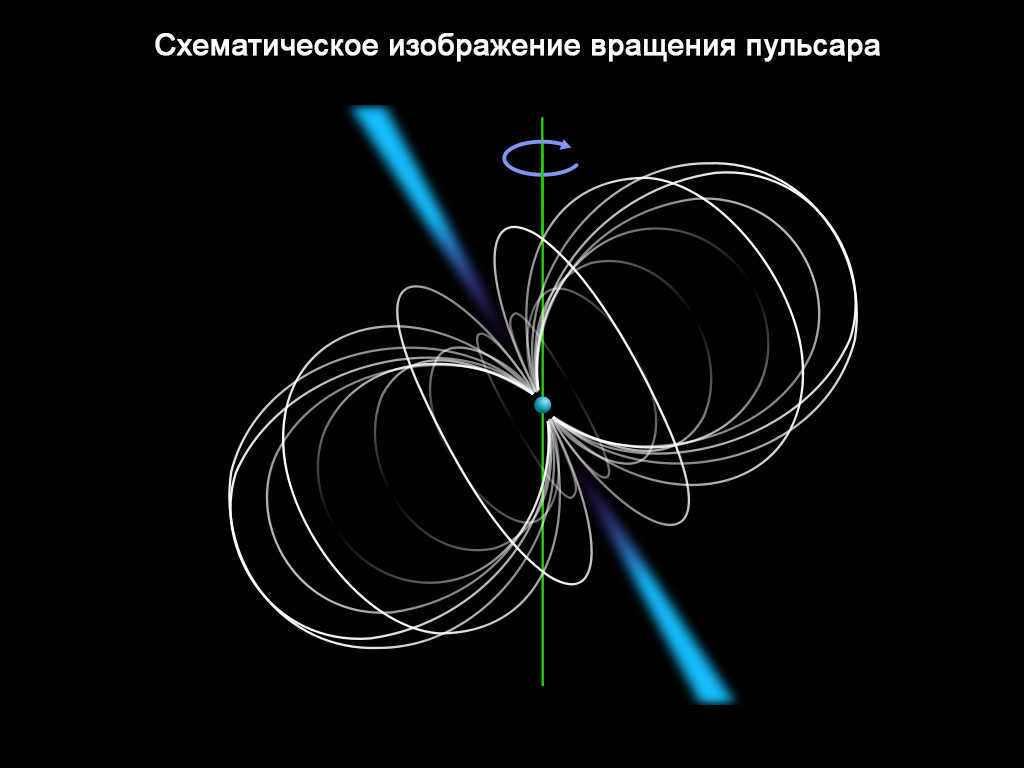

Pulsars, also known as radio pulsars, are celestial objects that consist of rotating neutron stars. These neutron stars emit beams of particles that travel at incredibly high speeds, similar to the rotation of a lighthouse beam.
Over the course of millions of years, pulsars continuously rotate and eventually lose their energy, transforming into regular neutron stars. Currently, there are approximately 1,000 known pulsars, although it is possible that there are even more of them in our galaxy.
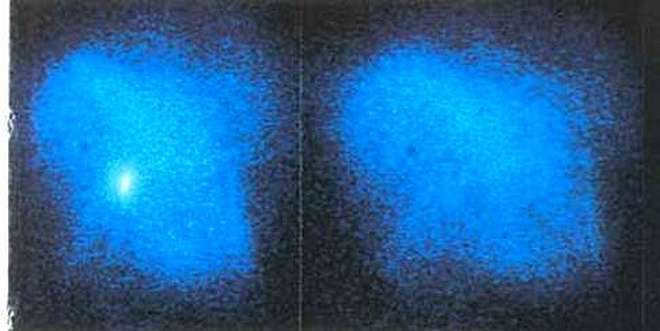
Certain neutron stars have the ability to produce X-rays. The renowned Crab Nebula serves as an excellent illustration of this type of celestial object, which came into existence as a result of a supernova explosion. This particular supernova explosion was documented in the year 1054 AD.
The Hubble Space Telescope captured an image of a radio pulsar within the Crab Nebula using a green light filter from August 7, 2000, to April 17, 2001.
Magnetars
Magnetars, also referred to as neutron stars, possess magnetic fields that are millions of times more powerful than any magnetic field created on our planet.
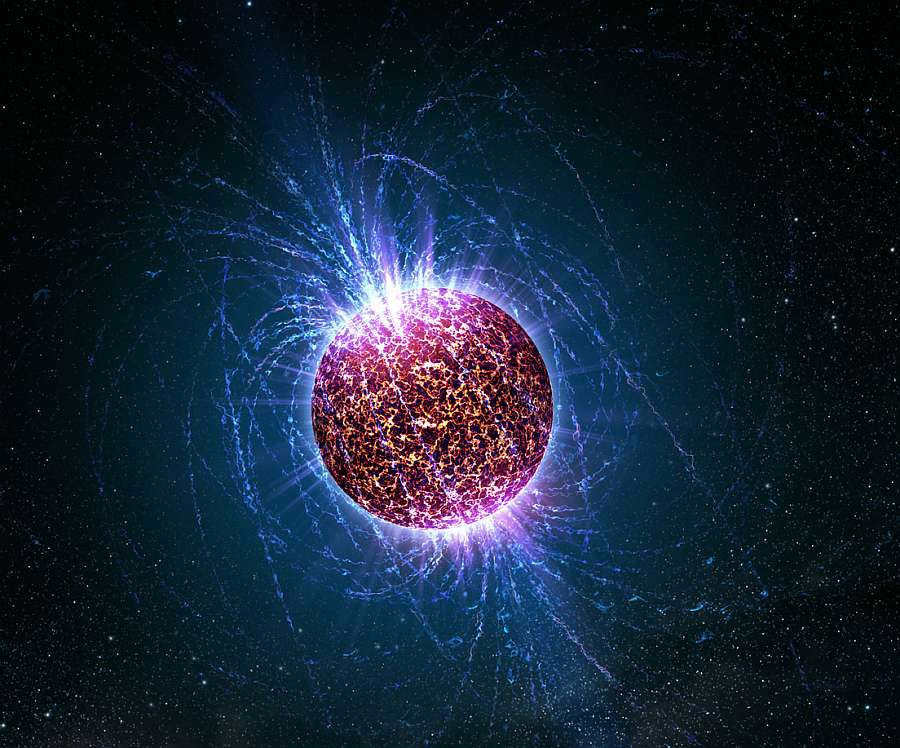
Neutron stars have been found to host planets, with a total of four known planets discovered so far. In binary systems, the mass of the neutron star can be measured, and it has been observed that the measured masses of these stars in radio or X-ray binary systems are approximately 1.4 times the mass of the Sun.
Binary systems and neutron stars
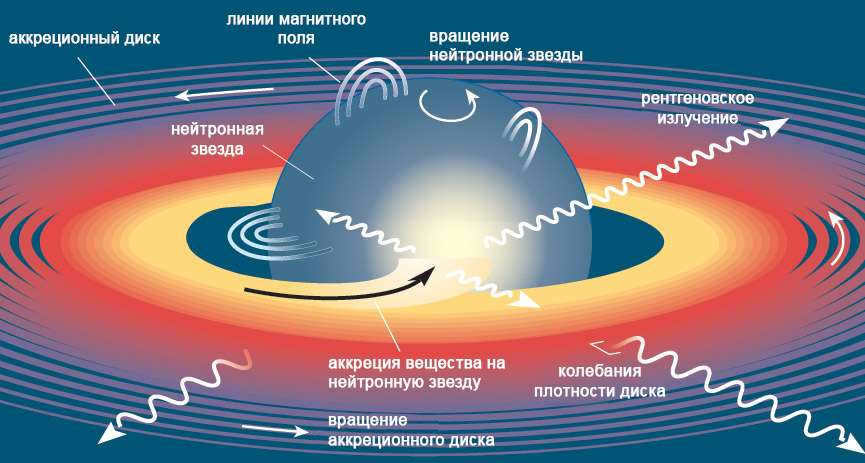
In certain X-ray double systems, a distinct type of pulsar can be observed. These systems consist of a neutron star and a regular star in a binary arrangement. The intense gravitational force exerted by the neutron star causes material to be drawn from the regular star. As this material falls onto the neutron star during the accretion process, it becomes extremely hot and emits X-rays. The X-rays become pulsed when areas of intense heat on the rotating pulsar intersect with Earth’s line of sight.
This knowledge is particularly useful in distinguishing between a neutron star and a black hole in binary systems containing an unidentified object, as black holes possess significantly greater mass.

